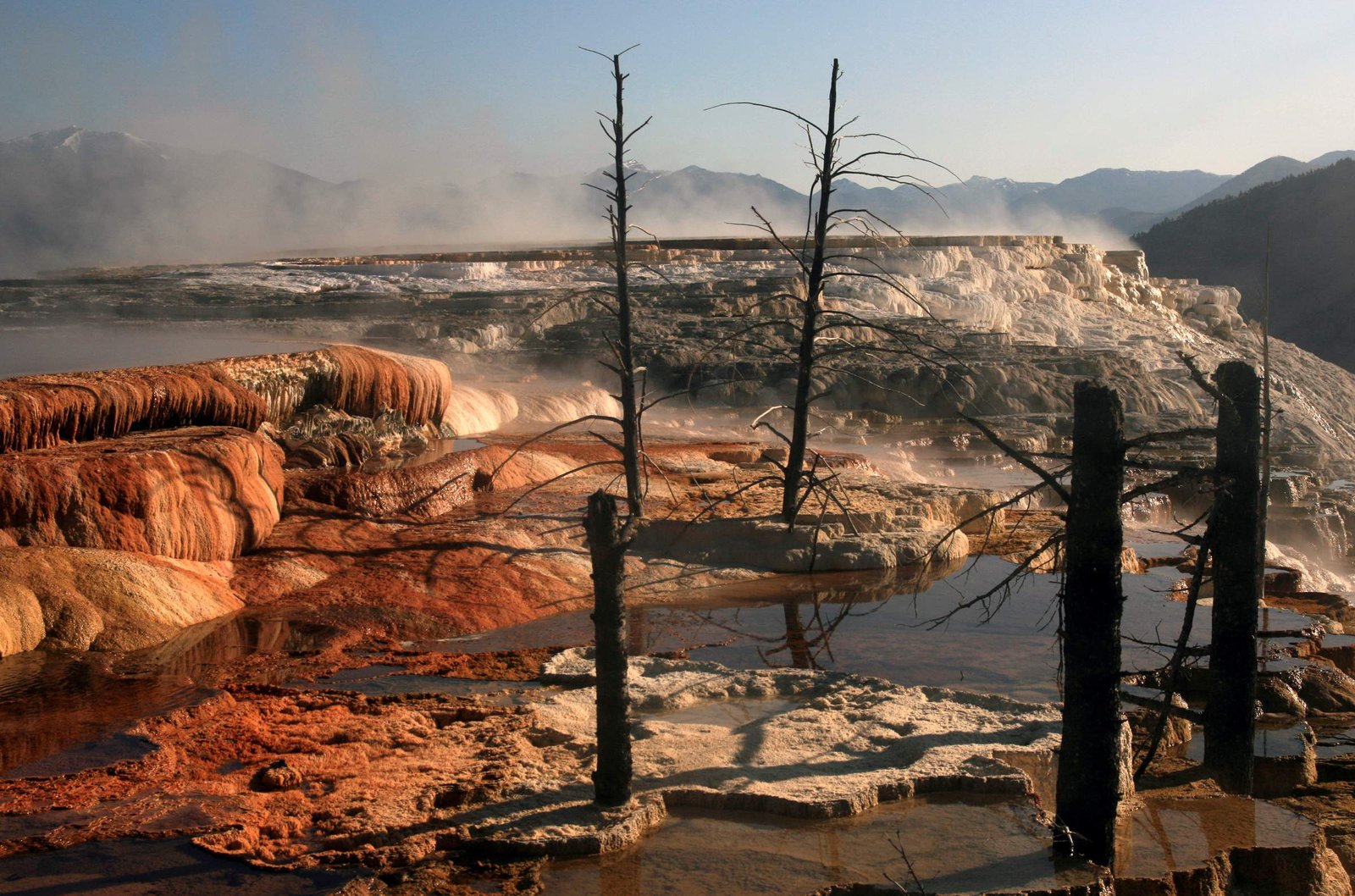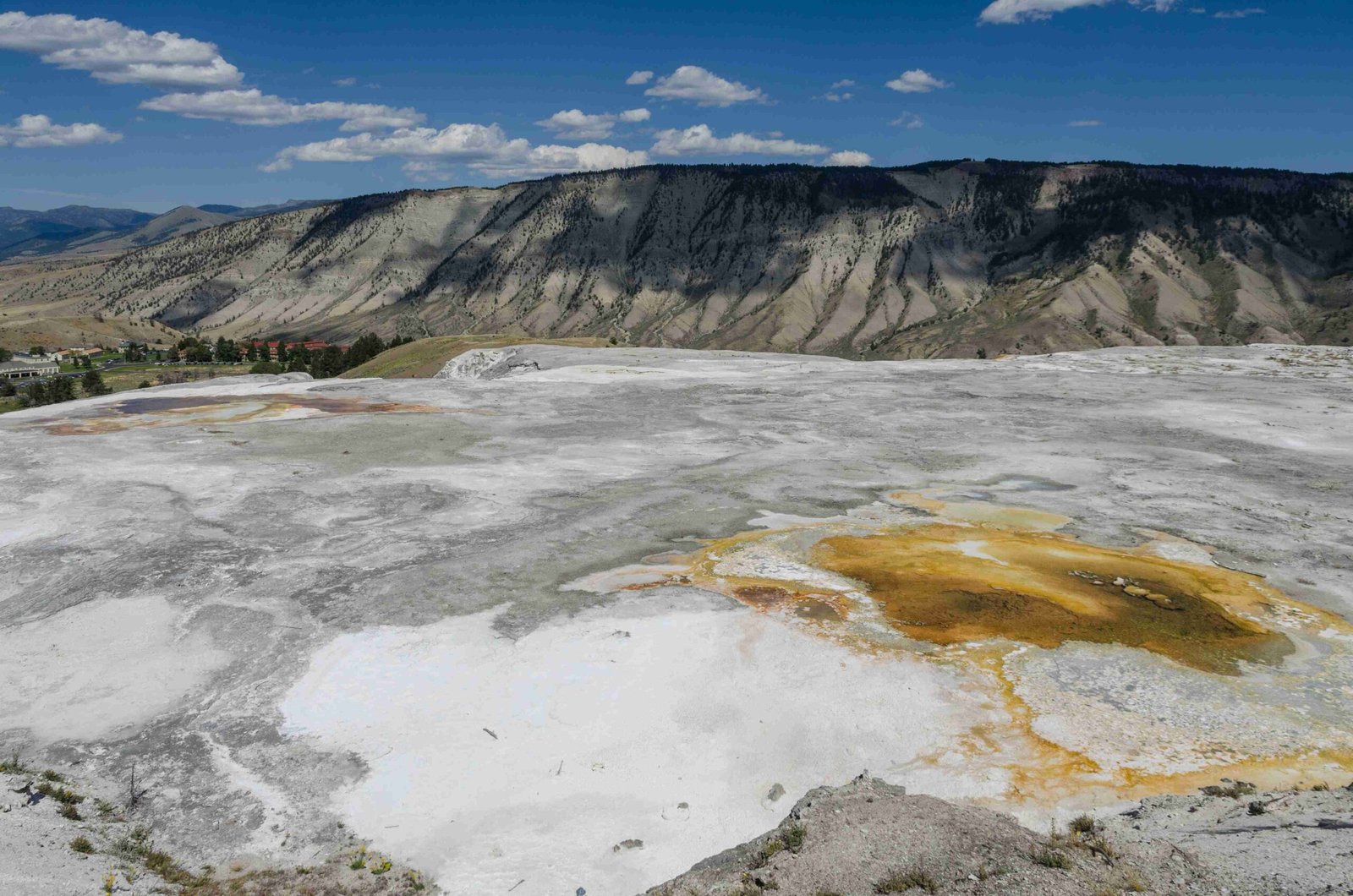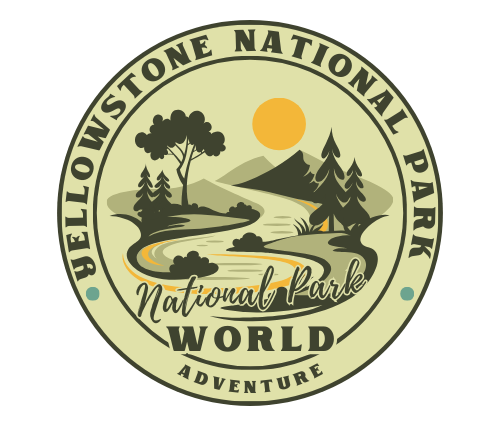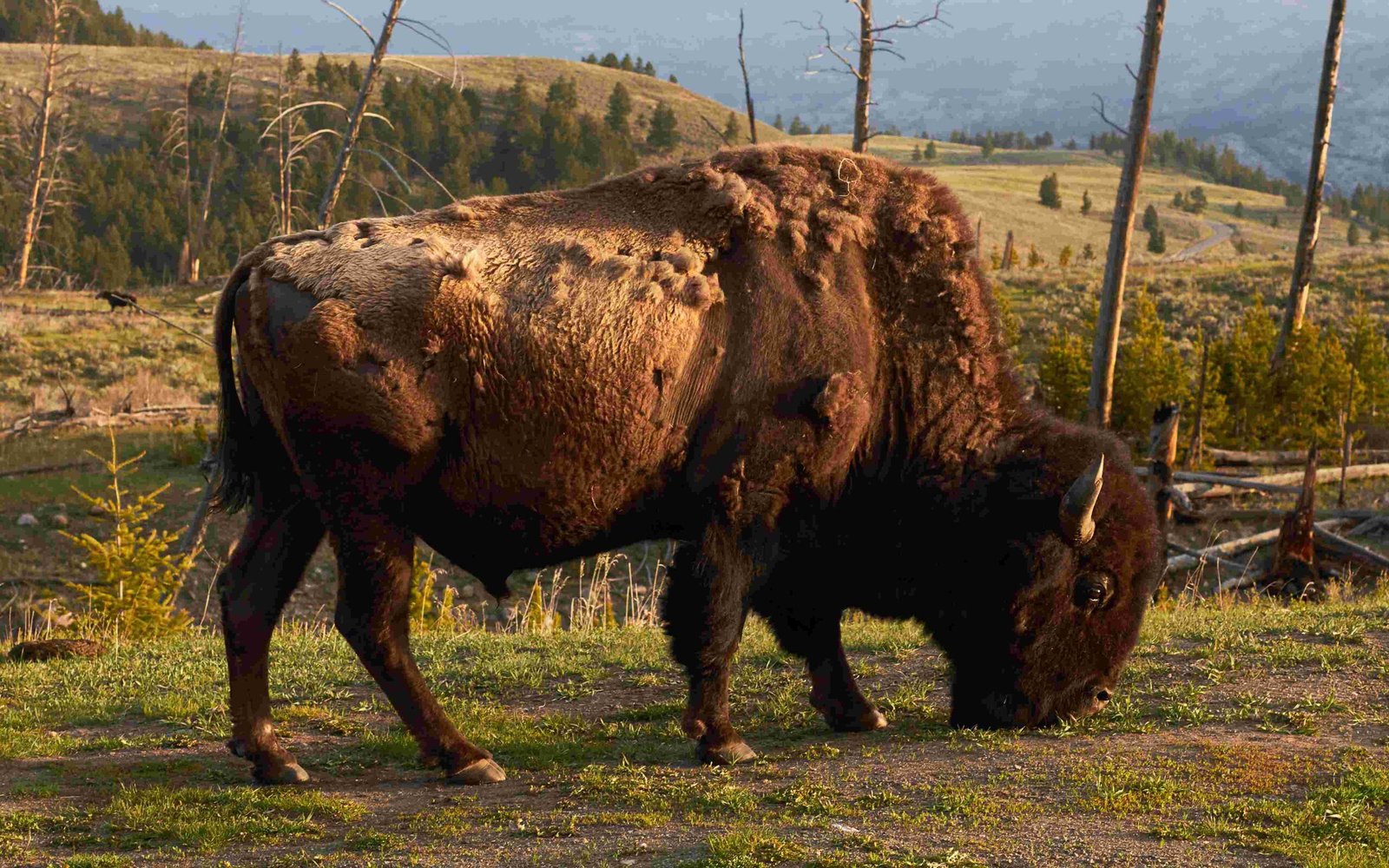Yellowstone National Park offers a diverse range of activities for visitors, including hiking, wildlife watching, guided tours, and camping. The park boasts over 900 miles of hiking trails, abundant wildlife viewing opportunities, geothermal features, and scenic landscapes. This comprehensive guide covers the best activities, locations, and tips for making the most of your Yellowstone adventure.
What Are the Top Hiking Trails in Yellowstone National Park?

Yellowstone National Park is a hiker’s paradise, offering trails for all skill levels. Here are some of the most popular hiking trails:
- Norris Geyser Hike
- Length: Variable
- Difficulty: Easy
-
Highlights: Geysers, steam vents
-
Mystic Falls Hike
- Length: 7 miles round-trip
- Difficulty: Moderate
-
Highlights: Mystic Falls, hidden geysers
-
Avalanche Peak Hike
- Length: 4 miles round-trip
- Difficulty: Strenuous
-
Highlights: Alpine views, Yellowstone Lake
-
Mount Washburn Hike
- Length: 6 miles round-trip
- Difficulty: Strenuous
-
Highlights: Panoramic views, Cathedral Rock
-
Fairy Falls Hike
- Length: 8 miles round-trip
- Difficulty: Moderate
- Highlights: Grand Prismatic Spring, Fairy Falls
Where Are the Best Wildlife Watching Spots in Yellowstone?

Yellowstone is renowned for its diverse wildlife. Here are the prime locations for wildlife viewing:
- Lamar Valley: Known as the \”Serengeti of North America,\” ideal for spotting bison, elk, wolves, and bears.
- Hayden Valley: Excellent for grizzly bears, wolves, and elk sightings.
- Mammoth Hot Springs: Popular for elk, especially during the fall rutting season.
Best times for wildlife viewing are early morning and late afternoon. Remember to maintain a safe distance from animals and use binoculars or telephoto lenses for closer views.
What Types of Guided Tours Are Available in Yellowstone?
Yellowstone offers various guided tours to enhance your park experience:
- Wildlife Tours
- Geothermal Feature Tours
- Hiking Tours
- Scenic Tours
Tour durations range from half-day to multi-day excursions, with prices varying accordingly:
– Half-day tours: $50-$100 per person
– Full-day tours: $100-$200 per person
– Multi-day tours: $500-$1,500+ per person
Tours typically include transportation, knowledgeable guides, and sometimes meals. Booking in advance is highly recommended, especially during peak season.
What Are the Best Camping Options in Yellowstone National Park?
Yellowstone offers several campgrounds for visitors who want to immerse themselves in nature:
| Campground | Location | Capacity | Amenities | Reservation |
|---|---|---|---|---|
| Grant Village | South shore of Yellowstone Lake | 430 sites | Flush toilets, showers, water | Recommended |
| Bridge Bay | North shore of Yellowstone Lake | 247 sites | Flush toilets, showers, water | Recommended |
| Canyon | Near Grand Canyon of Yellowstone | 273 sites | Flush toilets, showers, water | Recommended |
| Madison | West side near Madison River | 277 sites | Flush toilets, water | Recommended |
| Mammoth | Near Mammoth Hot Springs | 85 sites | Flush toilets, water | First-come, first-served |
Most campgrounds are open from late May to early October, with Mammoth Campground open year-round but with limited winter services.
What Are Some Unique Geothermal Features to Explore in Yellowstone?
Yellowstone’s geothermal features are a major attraction. Don’t miss these iconic sites:
- Old Faithful Geyser: Famous for its predictable eruptions
- Grand Prismatic Spring: Largest hot spring in the US, known for its vibrant colors
- Mammoth Hot Springs: Unique terraced thermal features
- Norris Geyser Basin: Hottest and most changeable thermal area in Yellowstone
- West Thumb Geyser Basin: Thermal features on the shore of Yellowstone Lake
How Can Visitors Experience Yellowstone’s Scenic Beauty?
To fully appreciate Yellowstone’s stunning landscapes:
- Drive the Grand Loop Road for an overview of the park’s diverse scenery
- Visit Artist Point for a breathtaking view of the Lower Falls and Grand Canyon of Yellowstone
- Take a boat tour on Yellowstone Lake
- Enjoy sunrise or sunset at Hayden Valley or Lamar Valley
- Hike to one of the park’s many scenic overlooks, such as Mount Washburn or Avalanche Peak
Remember to bring a camera to capture the park’s natural wonders and always follow park guidelines to protect both yourself and the environment.

